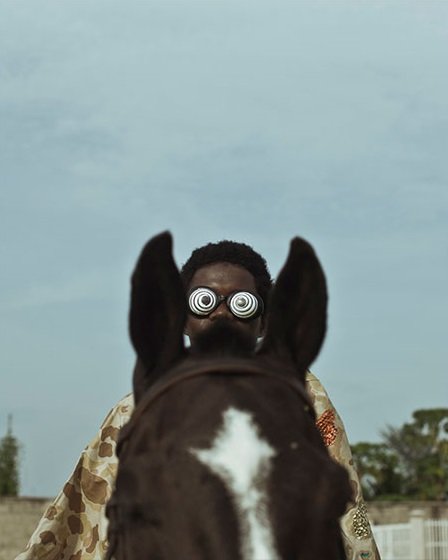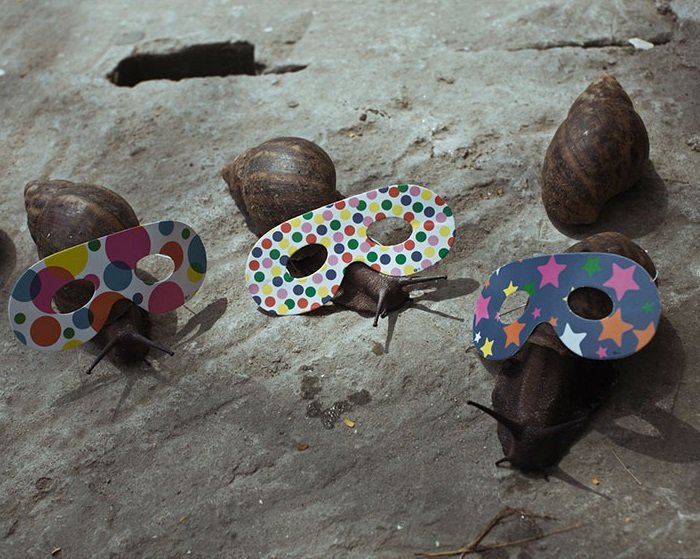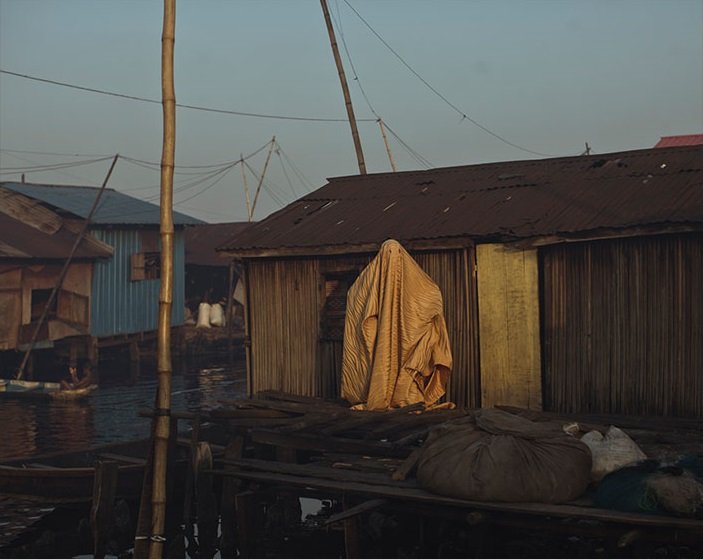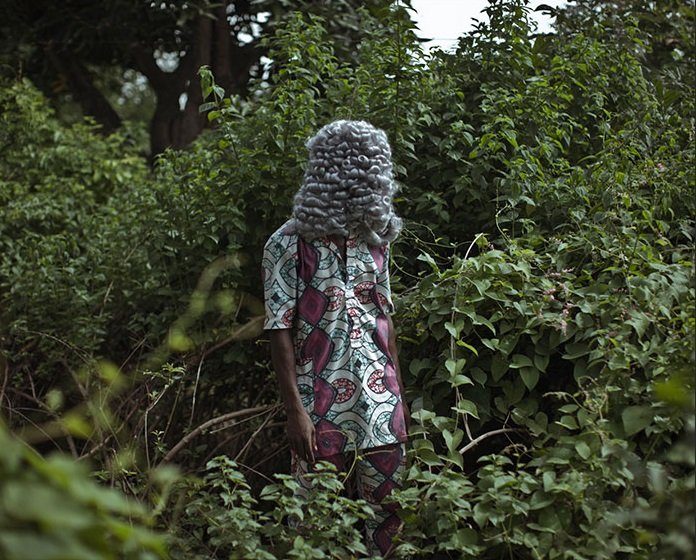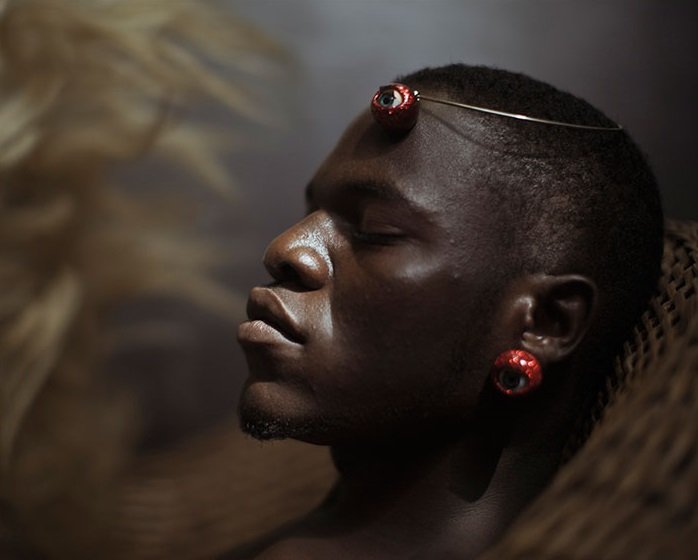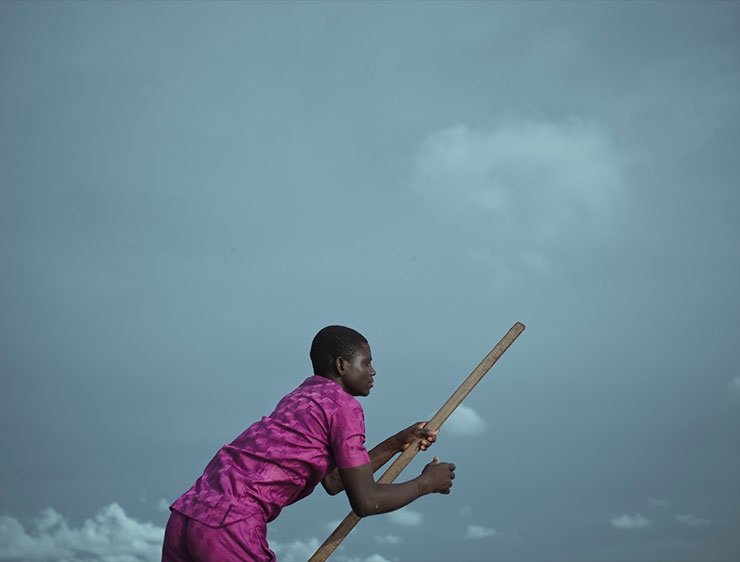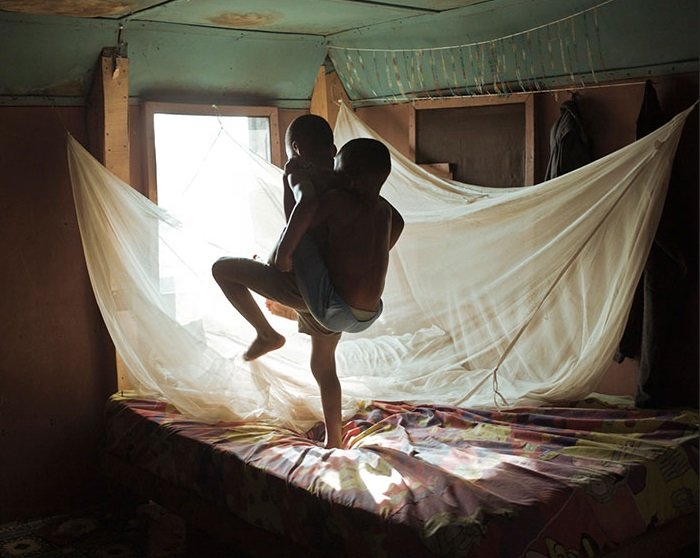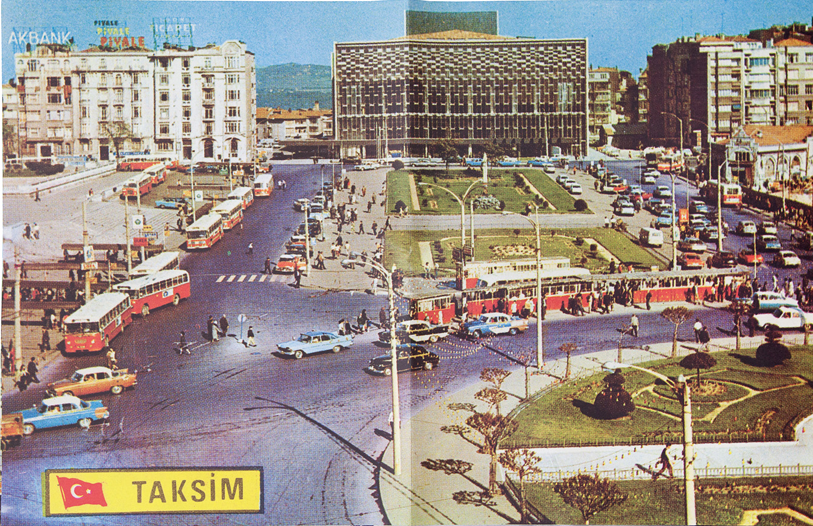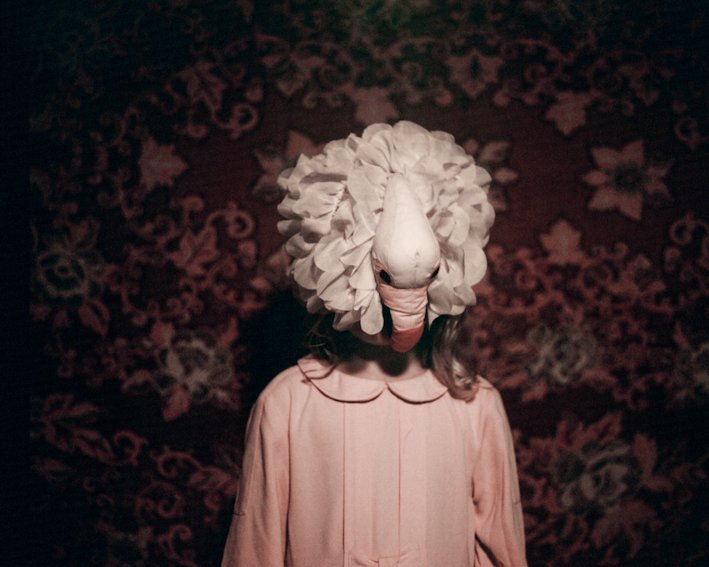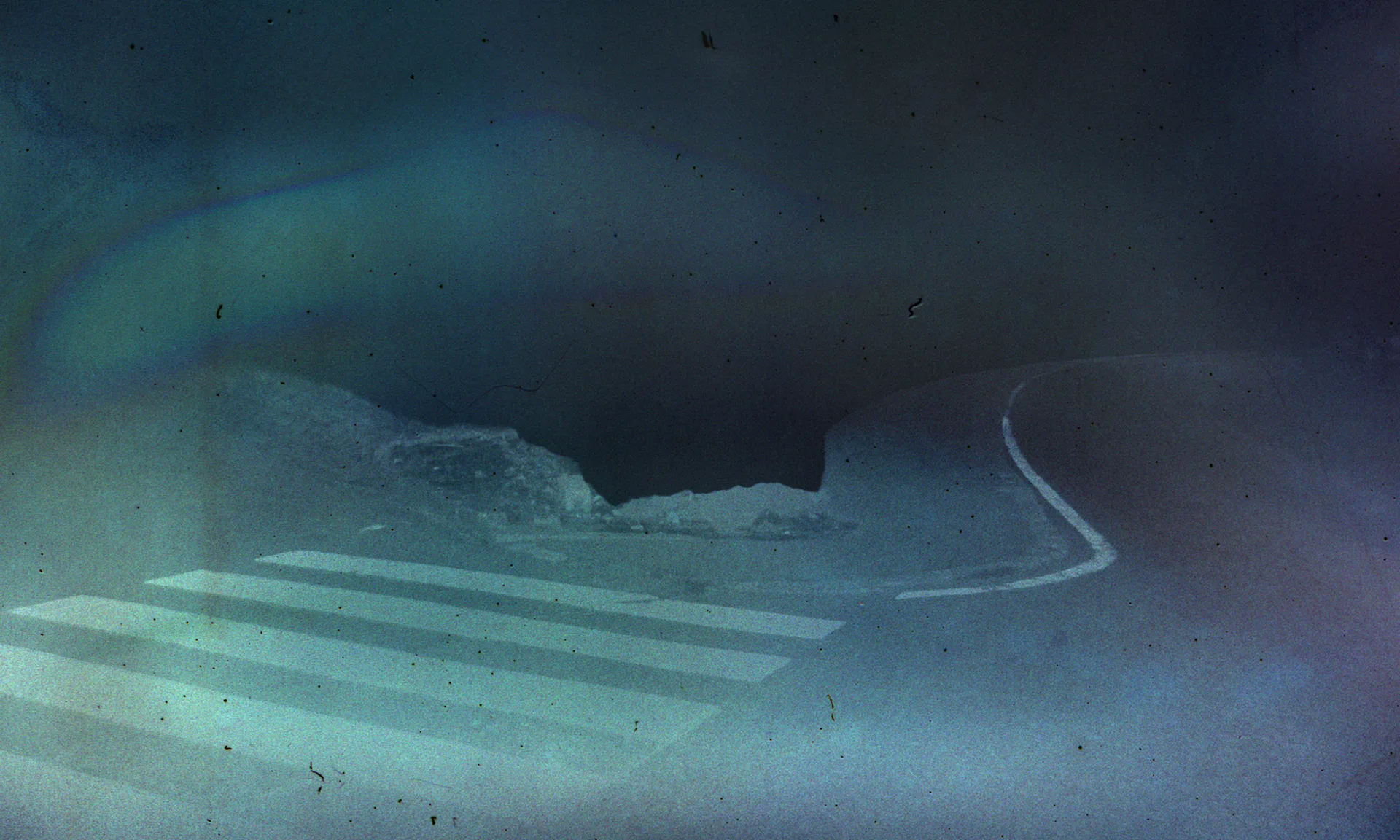Nigeria –
In the 1960s, a five-year-old Nigerian child’s village was attacked by soldiers. His mother had left him home alone and he had to run away, escaping the bombs and the fire. He saved his life entering the Bush, this magical territory where no humans are allowed and where all the Yoruba spirits live and fight. Our kid spent thirty years lost in the Bush trying to find his way back home amongst the spirits and the dead. He got married two times, became a king, a god, a slave, a cow, a jar, a horse, and a goat. He ate gold, silver and bronze, snakes and snails. He fought two wars and was sentenced to death half a dozen times… all that in just one hundred pages.
Amos Tutuola wrote My Life in the Bush of Ghosts in 1964 and then had to leave the country to escape the violent reactions to a book that would open in exile a new path for contemporary African narratives. The story is told by the five year old child in a very basic, direct, naive and repetitive style that only children master, but it manages to convey the magical and absurd reality that war and religion added to the Nigerian experience.
In her latest series This is What Hatred Did (the mysterious last sentence of the book), Middel aims to provide an illustrated contemporary version of this story, adapting the characters, space and the ambient to the actual situation of the country. The Bush is now the Lagosian neighborhood of Makoko, a floating slum with its own rules, commanded by kings and community leaders. It is a place where no logic seems to prevail and that is equally forbidden for those who do not belong. With the conviction that contemporary issues should be described in a way that includes the ancient traditions, perspectives, fears and hopes, this series documents the enhanced reality of one of the most iconic places in Nigeria, according to the always dramatic media.
Written & Photography by Cristina de Middel
